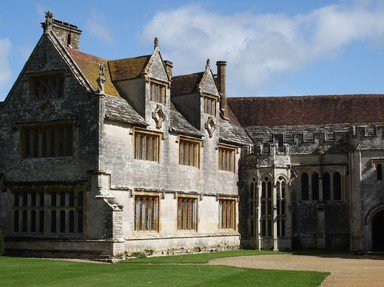Quiz Answer Key and Fun Facts
1. Henry VIII married his brother's widow. What was Henry's brother's name?
2. Henry eventually had his marriage to Catherine of Aragon annulled on the basis of her having had sexual congress with his older brother. How strong was the evidence against her?
3. Anne Boleyn first came to court as what?
4. Anne often clashed with Thomas Cromwell (chief minister to Henry VIII) but about what?
5. Jane Seymour's reign was a short one, as she died giving childbirth. How old was she when she died?
6. Edward VI brought many religious reforms to England, including the introduction of a new standard prayer book called "The Book of Common Prayer". Who complied it?
7. Edward VI was manipulated while on his deathbed, resulting in the revision of the line of royal ascendancy to favor Lady Jane Grey. What man of power orchestrated this?
8. Mary I became queen of England in 1553. What was her reign characterized by?
9. Elizabeth I succeeded Mary I on the English throne. Who was her chief adviser
and right hand man in the affairs of state during, roughly, the first forty years of her reign?
10. Elizabeth I hesitated to have Mary Queen of Scots executed. Which of these was a contributing reason for this?
Source: Author
SJM2015
This quiz was reviewed by FunTrivia editor
bloomsby before going online.
Any errors found in FunTrivia content are routinely corrected through our feedback system.

